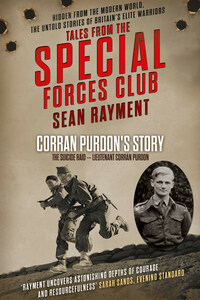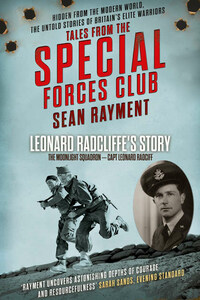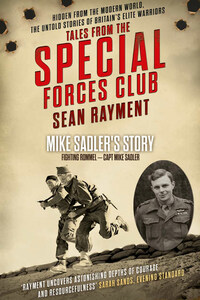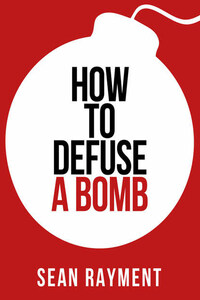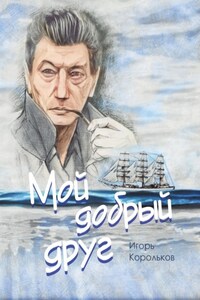TALES FROM THE SPECIAL FORCES CLUB: AN EXCERPT
The Greatest Raid of All
Corran Purdon with the Commandos at St Nazaire
The Commandos â âSpecially trained troops of the hunter class, who can develop a reign of terror down the enemy coastâ.
Winston Churchill, 1940
In early 1942 Britain stood alone â isolated and vulnerable. German U-boats had sunk almost 9 million tons of merchant shipping and the countryâs transatlantic supply of food and arms was seriously threatened. The North African campaign was grinding to bloody stalemate, British troops were being forced out of Burma and Malaya, and the nationâs morale was beginning to crumble.
But the countryâs already perilous state appeared to significantly worsen with the arrival of the German super-battleship Tirpitz, the pride of the Nazi fleet.
Tirpitz, the second of two Bismarck-class battleships built for Germanyâs war navy, was operational by early 1941. At 251 metres in length and equipped with a main battery of eight 15-inch guns in four twin turrets, she was, like her sister ship the Bismarck, bigger and more powerful than any vessel the Royal Navy could muster. And although Tirpitz was protected by armour more than a foot thick, she could still reach a speed of up to 30 knots.
Prime Minister Winston Churchill, along with many senior officers in naval intelligence, feared that if Tirpitz was brought from the Baltic into the North Atlantic, beyond the range of the RAF, she would set about destroying those vast convoys of merchant vessels which had managed to escape the U-boatsâ torpedoes. If such a sequence of events evolved, then Britain would begin to starve and the countryâs chances of repelling a Nazi invasion would almost certainly be lost.
Tirpitzâs huge size, at 52,600 tons, however, also represented one of her greatest weaknesses. If she were damaged during an engagement in the North Atlantic, which was a strong likelihood given the attrition rates in Second World War sea battles, it would be too risky for her to try to return to Germany, given that she would be within range of RAF bombers for much of the voyage. The only dry dock on the Atlantic coast deep enough for repairs to be carried out to her was at St Nazaire, six miles up the Loire estuary. The Normandie dock at St Nazaire was 350 metres long, 50 metres wide and 16 metres deep and had been specially constructed to house the 80,000-ton passenger liner SS Normandie, launched in 1931. The decision was taken that, in order to keep Tirpitz out of the North Atlantic, the dry dock at St Nazaire would have to be destroyed.
But destroying such a vast site was easier said than done. An RAF bombing raid was ruled out because of the problem of inaccuracy. In 1941 only 5 per cent of the RAFâs bombers that set out managed to land bombs within five miles of their target. Mass civilian casualties caused by bombing were still regarded as unacceptable. An attack by a naval task force was also ruled out when aerial photographs and reports from agents revealed that the six-mile route up the estuary from the Atlantic to St Nazaire was fortified by heavy gun emplacements. Sabotage by the Special Operations Executive was also a non-starter, because there were too few agents working in that area of France to carry and plant the estimated four tons of explosives required to destroy the dock gates.
Instead, the Combined Operations Headquarters decided that the best chance of achieving success was via a Commando raid, and planning began in earnest in early 1942.
In the early years of the Second World War the Commandos were something of an enigma â an unconventional force who did things differently, and in doing so often invoked the ire of senior officers. Commando units were created to carry out raids in enemy-occupied territory, such as Norway or coastal France, in order to maintain an offensive footing against the enemy but also to restore some national pride after the humiliation of the British Expeditionary Forceâs defeat in 1940.
Commando units did not use heavy equipment, such as tanks and artillery, and were only supposed to be on enemy territory for a maximum of two hours at that time. It was a tactic known as âbutcher and boltâ, where the aim was to cause as much chaos and destruction as possible, and it immediately won Churchillâs support.
Rather than being composed of three rifle companies, a support weapons company and a battalion headquarters, Commando units were composed of a headquarters, consisting of the commanding officer, the second-in-command (a major), an administrative officer and a medical officer. The remainder of the force was split into six 75-man troops each commanded by a captain, with a small headquarters. Each troop was split into two sections of around 35 men, each commanded by a subaltern.
All the Commando units were composed of volunteers from other trained units, initially from the infantry but later from almost every arm of the services, and the majority joined on the promise of experiencing âhazardous dutyâ. The men were chosen not just for their intelligence and independence of mind, but also for their physical fitness.
